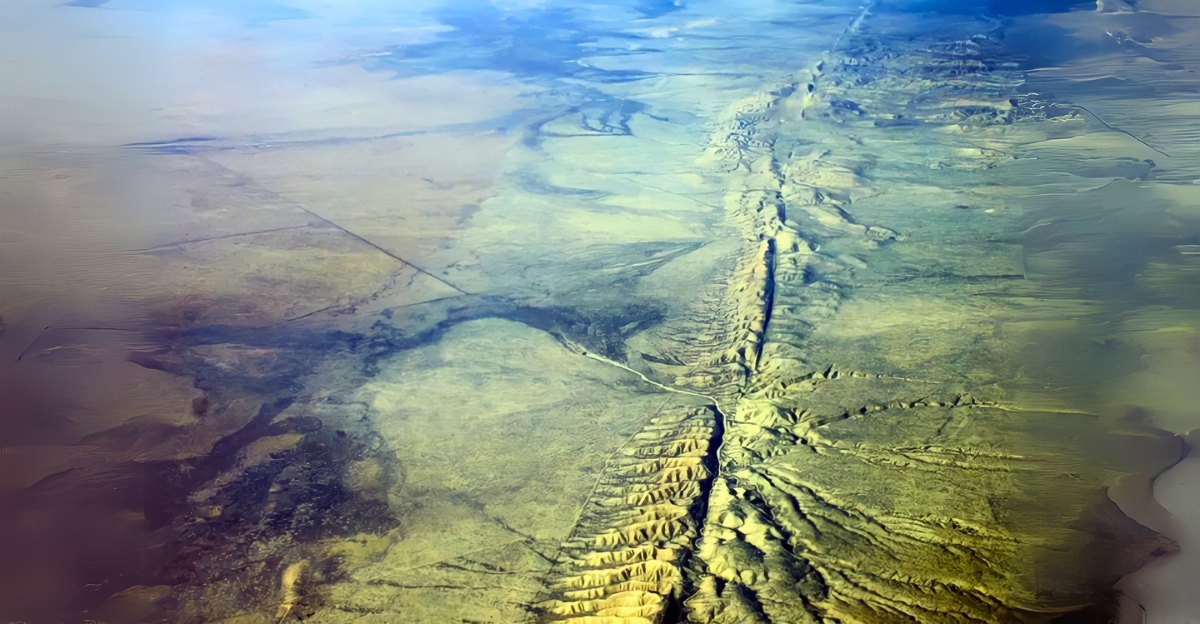
A recent scientific breakthrough might set the stage for one of the best action movies yet, but this is far from a functional scenario, making it so much scarier. Think of major flooding, tsunamis, and even buildings underwater. The Cascadia Subduction Zone, a massive fault stretching from Northern California to British Columbia, poses a greater risk than previously understood.
Scientists warn that a megaquake along this fault could cause hundreds of miles of coastline in the Pacific Northwest to suddenly sink by as much as six feet, leaving destruction in its course.
A Fault Unlike Any Other

This fault line is unlike any other line due to its immense size, unique geological behavior, and the scale of hazards it presents. Stretching nearly 621 miles from northern California to Vancouver Island, this fault marks the boundary where the Juan de Fuca plate is slowly being forced beneath the North American plate.
When this strain is finally released, it can trigger colossal earthquakes exceeding magnitude 9.0, accompanied by devastating tsunamis and rapid land subsidence. “The whole Pacific Northwest is very, very fragile. Essentially, our cities are turn-of-the-century cities built on a time bomb,” said Chris Goldfinger, a paleoseismologist at Oregon State University.
The Sinking Coast
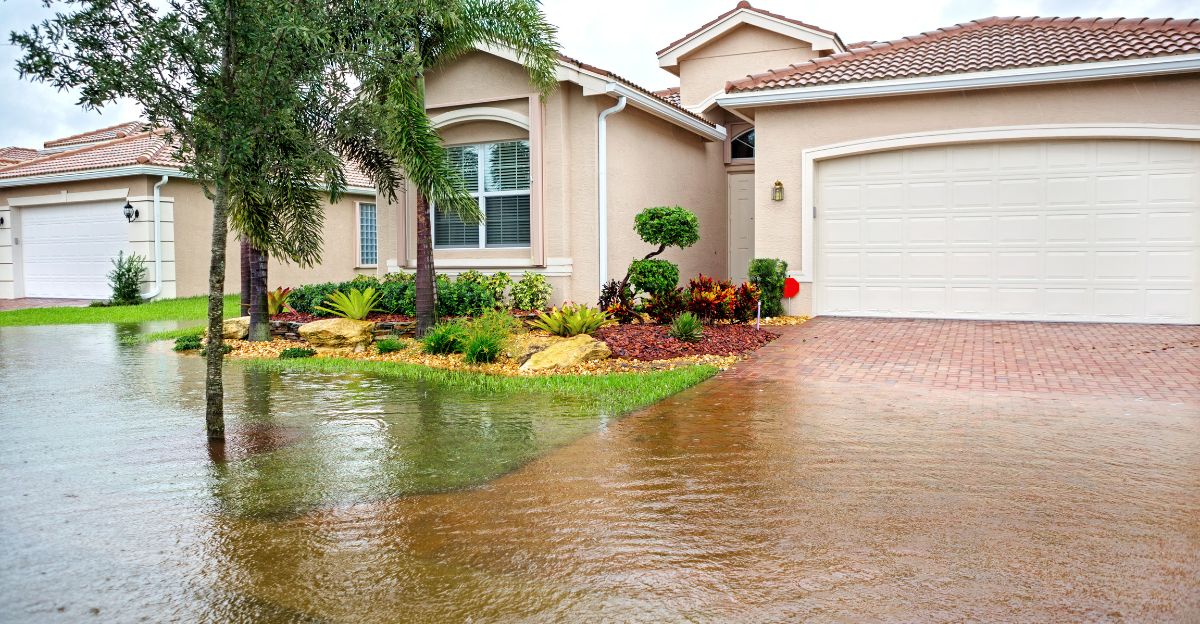
The coastline can change dramatically in minutes when the next mega earthquake hits the Cascadia Subduction Zone. Scientists estimate that a powerful quake could cause the land along the coast to suddenly sink by as much as 1.5 to 6.5 feet, thrusting thousands of residents, homes, and critical infrastructure into newly expanded floodplains.
By 2100, the combined effects of earthquake-driven sinking and climate-induced sea-level rise could more than triple the number of people, structures, and roads exposed to coastal flooding.
The 1700 Cascadia Earthquake

This fault line has shown what it’s capable of once before, and there will be no stopping it the second time. On January 26, 1700, the Pacific Northwest was rocked by one of the most powerful earthquakes in recorded history, with an estimated magnitude between 8.7 and 9.2. This event ruptured the Cascadia Subduction Zone, causing the ground to slip by as much as 65 feet in some places.
The most shocking part about this megaquake is that it unleashed a massive tsunami that inundated the Pacific Northwest with waves up to 39 feet high. It also traveled across the ocean to batter the shores of Japan, where it was recorded as an “orphan” tsunami because no local quake was felt.
Four Segments, Not One
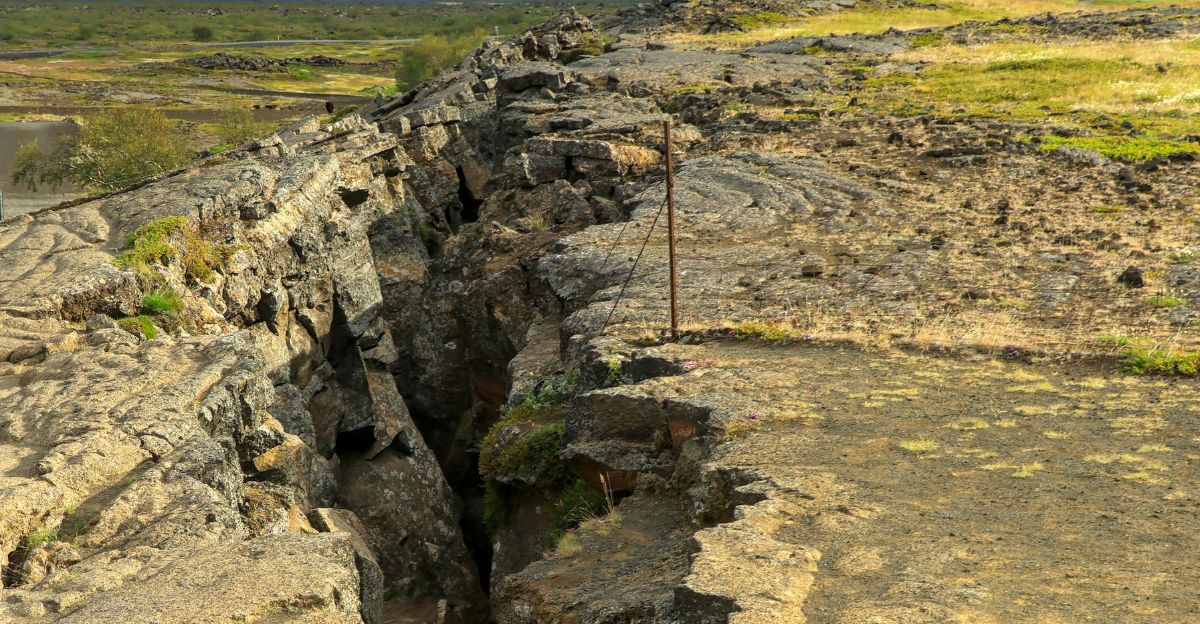
This is more than just a single fault; it consists of four distinct segments. These segments can rupture independently or together, creating a range of earthquake scenarios. Some segments may slip in smaller, localized quakes, while others have the potential to unleash massive, region-wide events when they rupture in unison.
“It actually has several segments – at least four – and the earthquake activity differs depending on where a quake originates. The largest earthquakes occur in the north and usually rupture the entire fault. These are quakes of about magnitude 9, and they are just huge – but they don’t happen as frequently.” said Marine geologist Chris Goldfinger from Oregon State University.
The Chances of a Megaquake
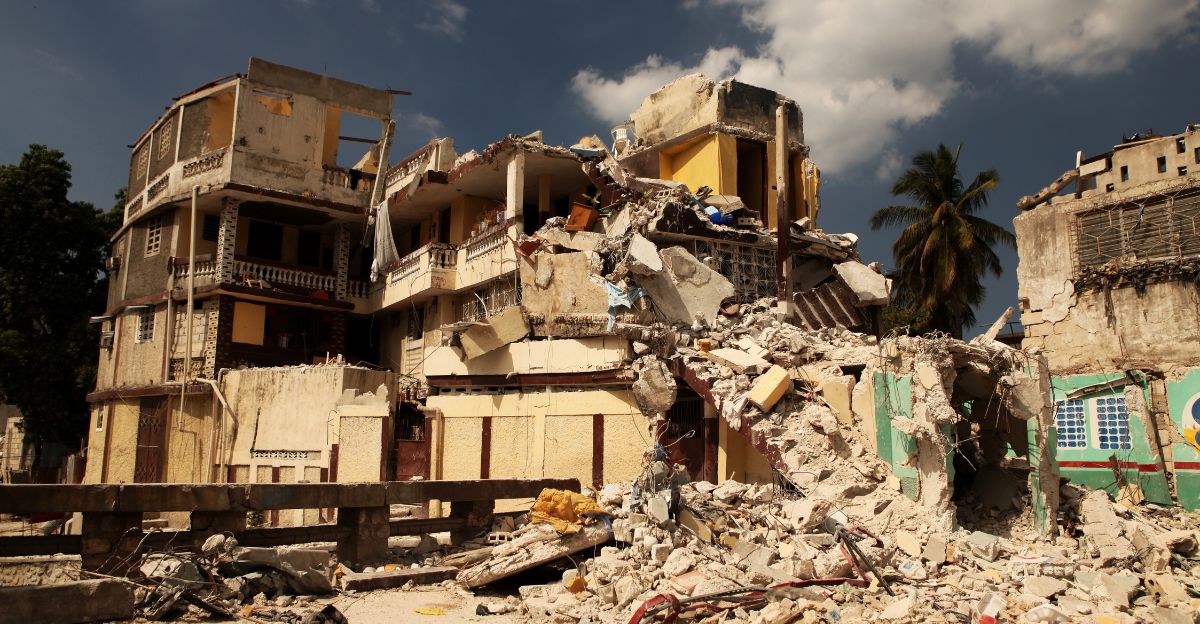
The chances of this fault letting out a megaquake are far worse than we might hope. Current estimates suggest a 10–15% chance of a full rupture (magnitude 9.0+) along the entire 700-mile fault within the next 50 years, with shorter segments posing higher localized risks—up to 37% for magnitude 8.0+ quakes in southern zones.
“Perhaps more striking than the probability numbers is that we can now say that we have already gone longer without an earthquake than 75 percent of the known times between earthquakes in the last 10,000 years,” Goldfinger said. “And 50 years from now, that number will rise to 85 percent.”
Sudden Subsidence Risk
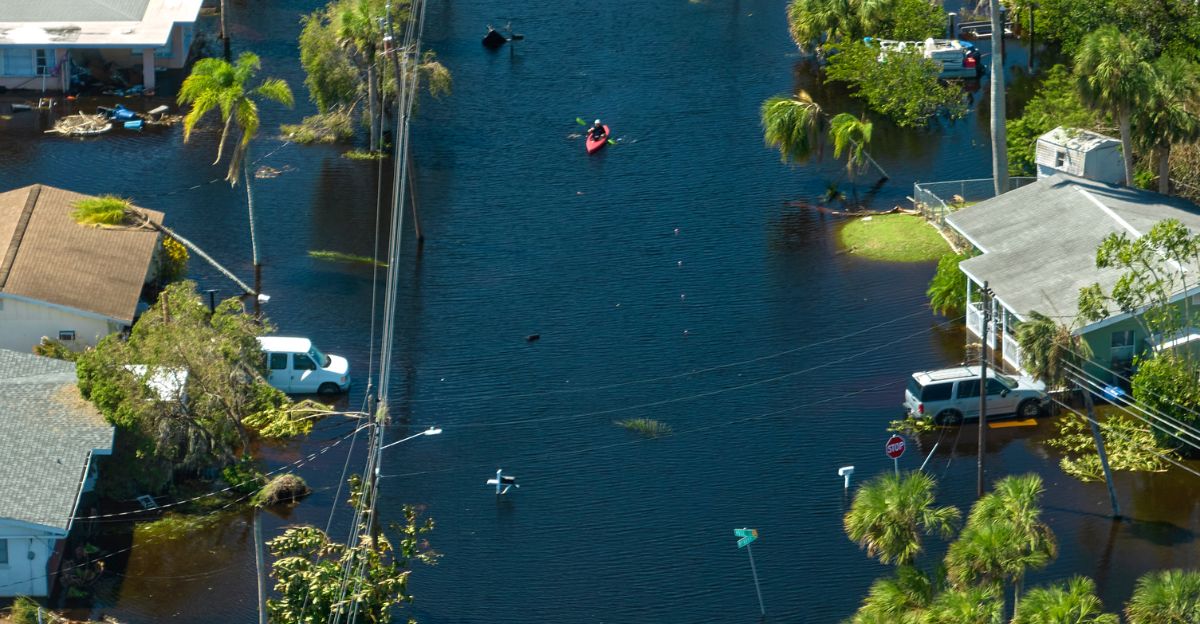
What makes this fault so dangerous is that when it does end up slipping, there won’t be any time for adaptation, as the coastal region would drop up to six feet in minutes. This rapid sinking occurs as the overlying land, previously uplifted and flexed by tectonic pressure, collapses downward when the tension is released. Historical and geological records, including the ghost forests and marsh deposits left behind after the 1700 quake, provide clear evidence of this phenomenon.
Long-Term Impact of Flooding
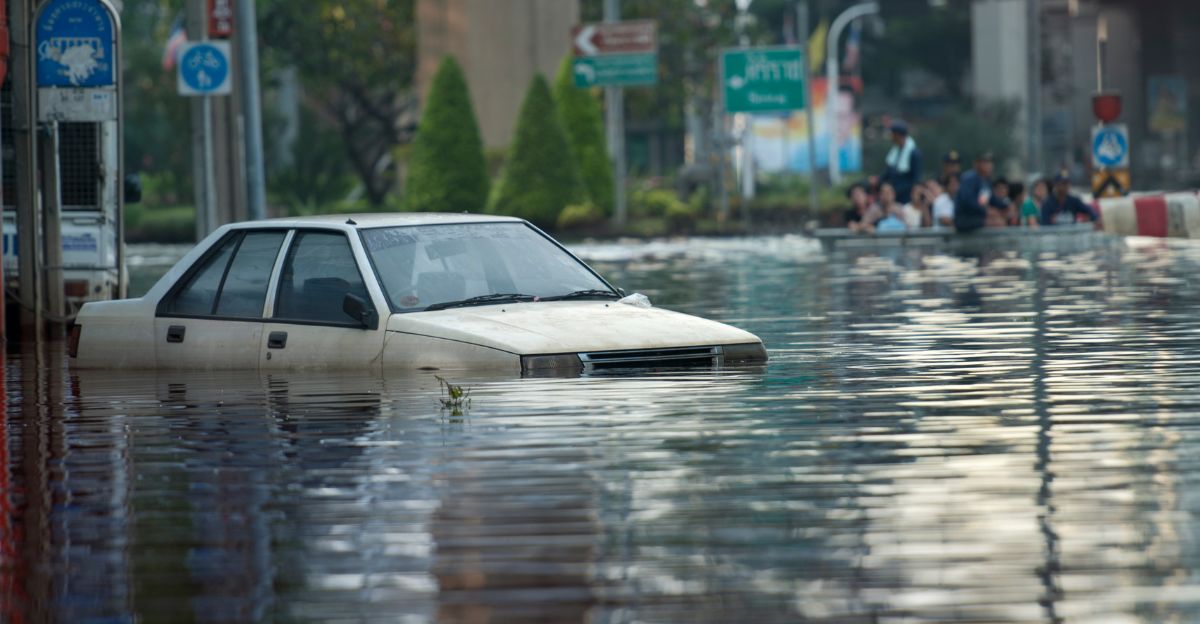
Low-lying coastal communities will be hit the hardest as the flood risk drastically increases. This new floodplain will affect airports, hospitals, schools, and wastewater treatment plants, making rescue efforts much harder than they need to be. By 2100, most people in the area will be affected by constant flooding.
“Long-term effects could render many coastal communities uninhabitable,” the authors observed.
The Domino Effect
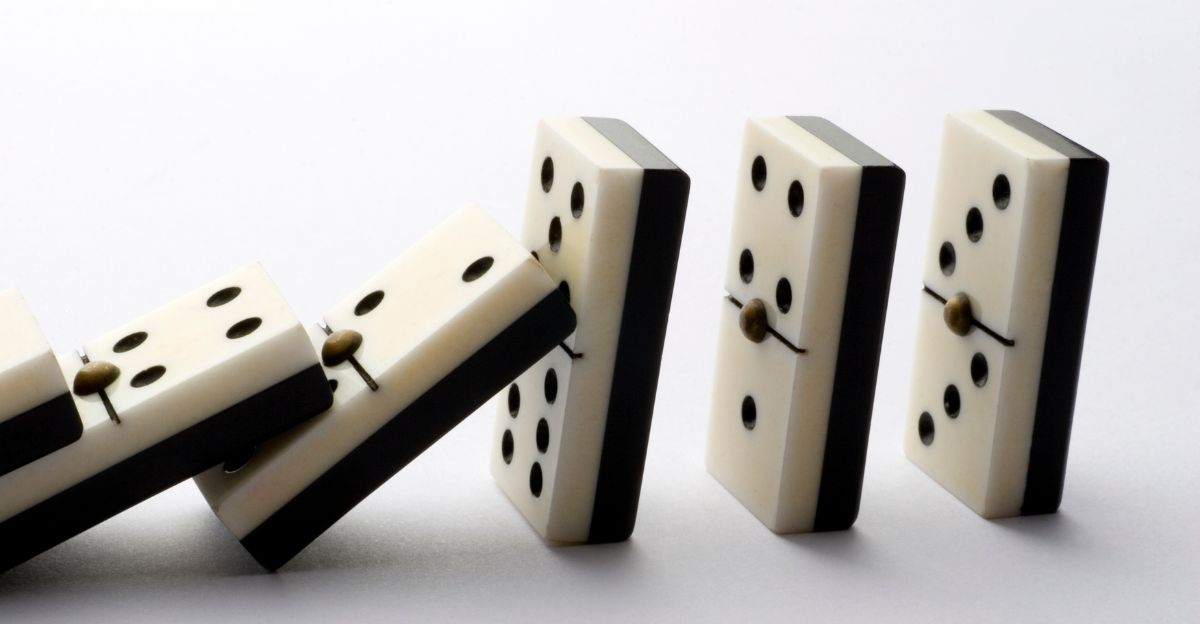
Researchers believe that this fault could trigger other faults, causing a domino effect of chaos. An example of this effect can be seen in 2022 when a magnitude 6.4 Ferndale earthquake within the Gorda slab triggered months of aseismic slip on the Cascadia megathrust itself.
“When you have two big faults that connect directly, there’s a pretty high probability they’re going to interact in some way,” Goldfinger said. “So one fault triggering another, or even becoming synchronized with the other for a period of time, is not a fantastical scenario. It is actually a fairly likely scenario. It just isn’t on the radar anywhere yet.”
Are We Ready?

Despite what we might believe, we are most definitely not ready for an earthquake of this size, and it will cause more destruction than anyone can imagine. Emergency response plans are being updated, but the sheer scale and complexity of a Cascadia event, combined with violent shaking, sudden land subsidence, widespread flooding, and possible tsunamis, present unprecedented challenges for first responders.
Many cities were built long before seismic risks were fully understood, so they went up pretty much anywhere. “When the skyscrapers start swaying…well, a lot of them are designed to have their windows pop out,” said Matt Caesar at the region’s FEMA headquarters in Bothell, Washington. “There’ll be three feet of broken glass on the roads underneath those buildings in downtown Seattle — three feet of glass. We don’t even see three feet of snow.”
Uncover more fascinating moments from history — and hit Follow to keep the stories flowing to your feed!
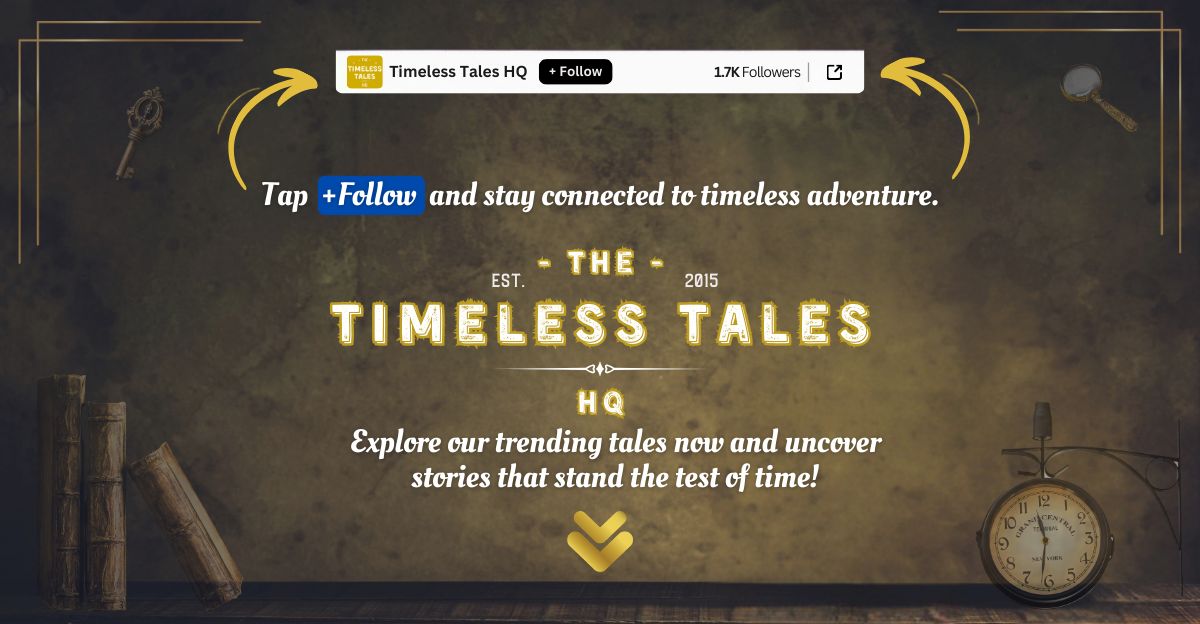
Don’t miss more incredible stories from the past! Tap Follow at the top of this article to stay updated with the latest historical discoveries. Share your thoughts in the comments — we’d love to hear your perspective!






